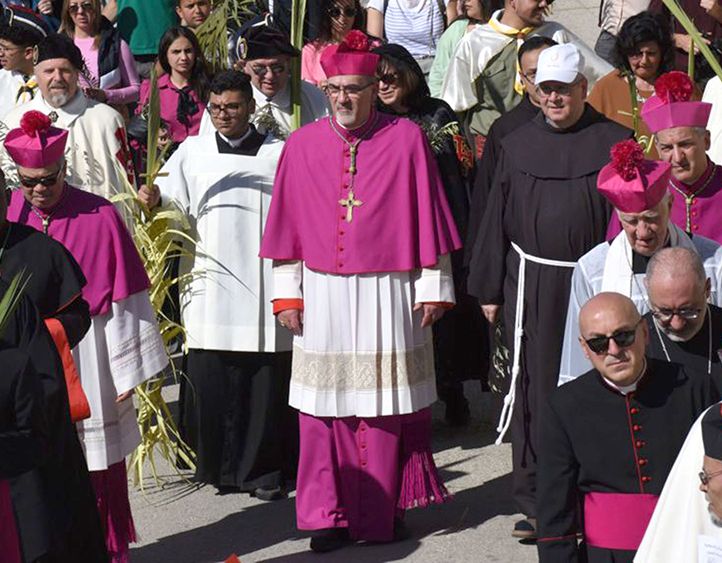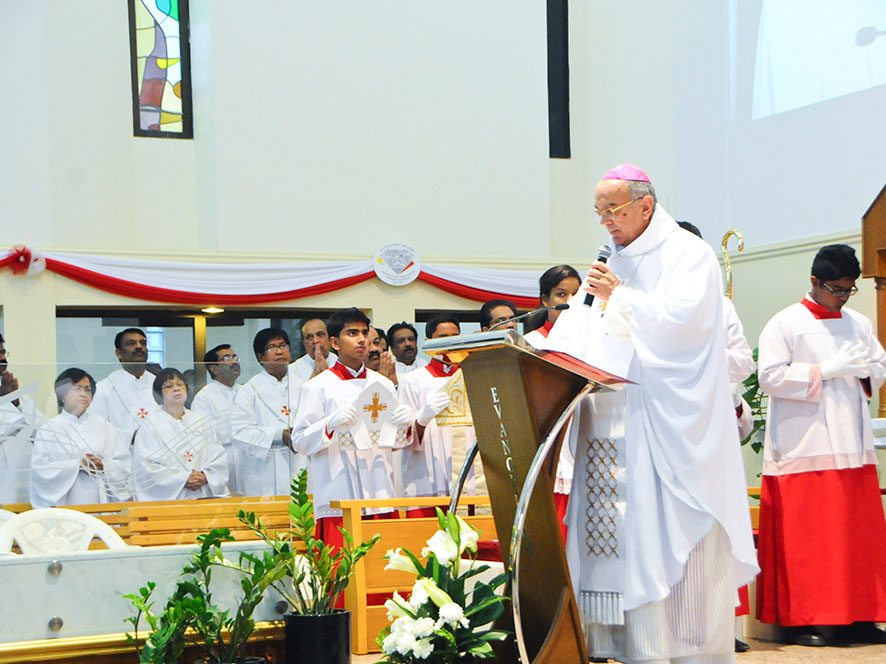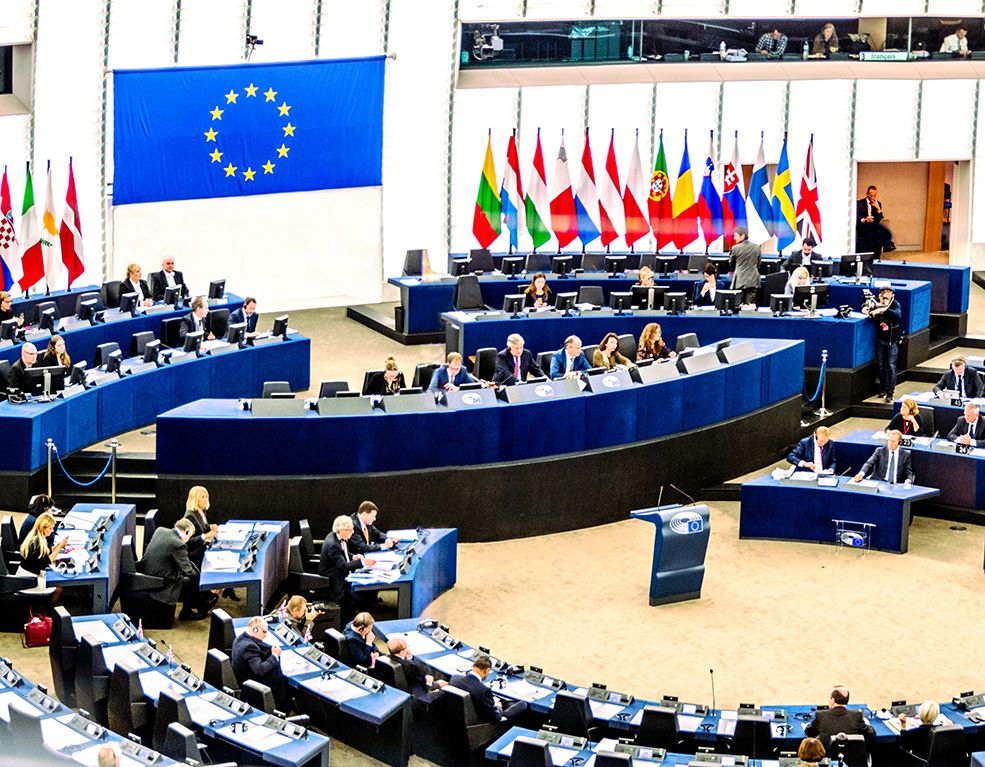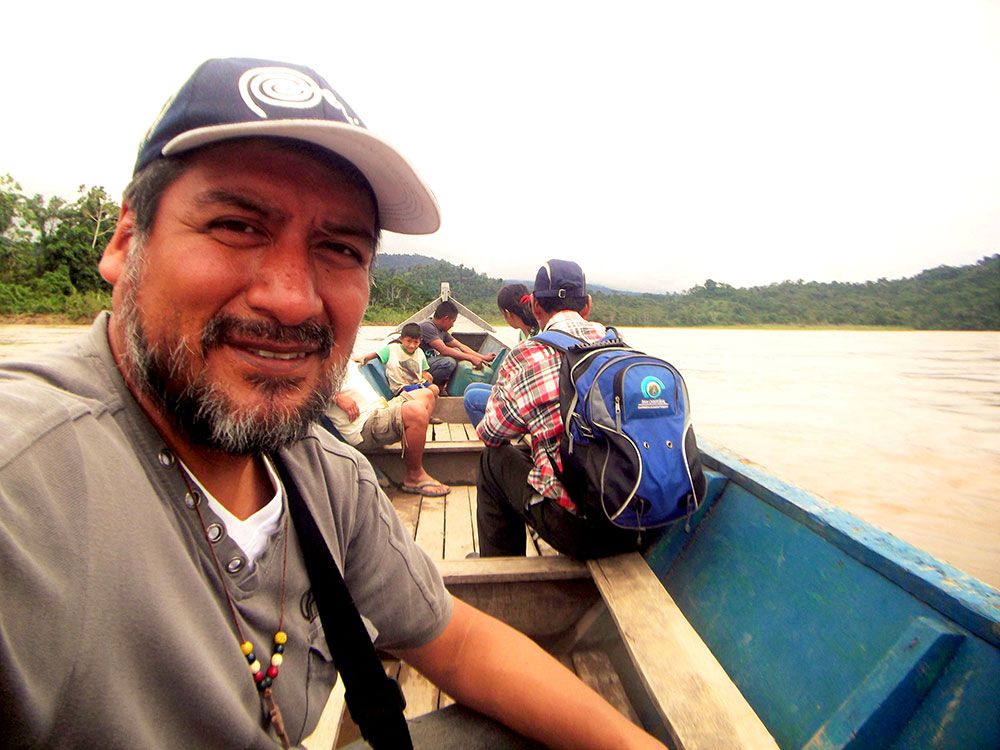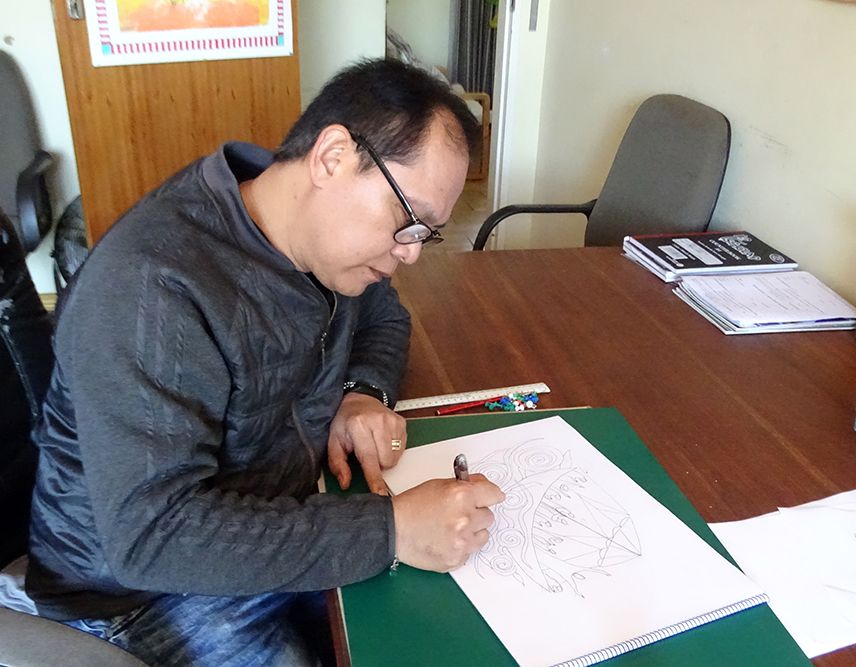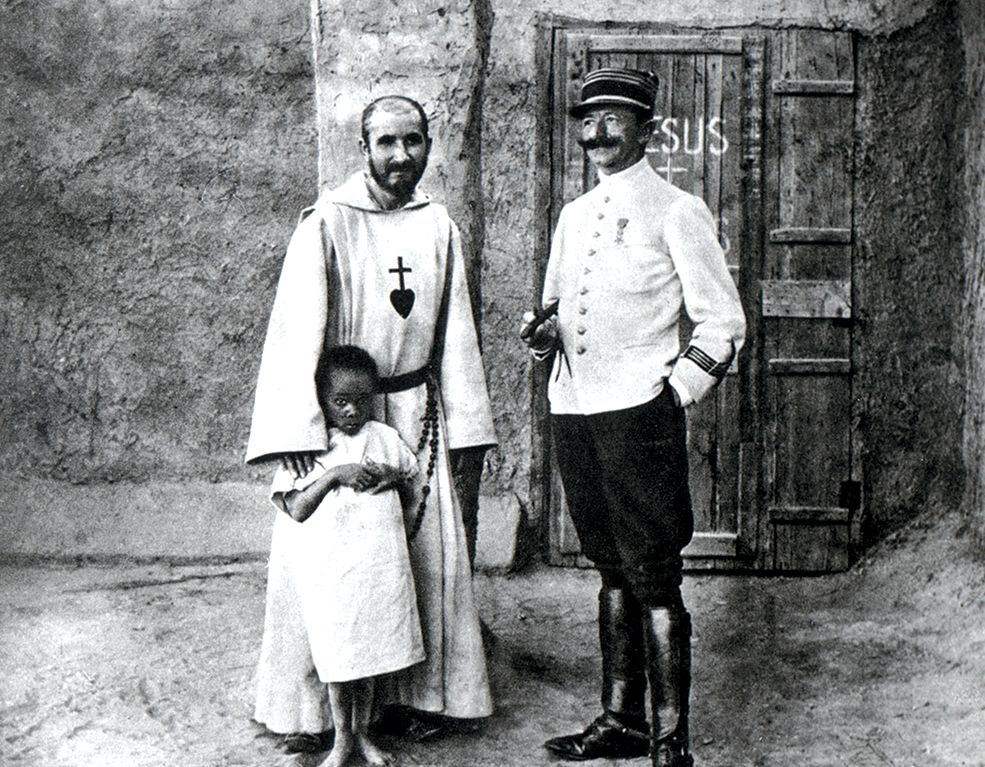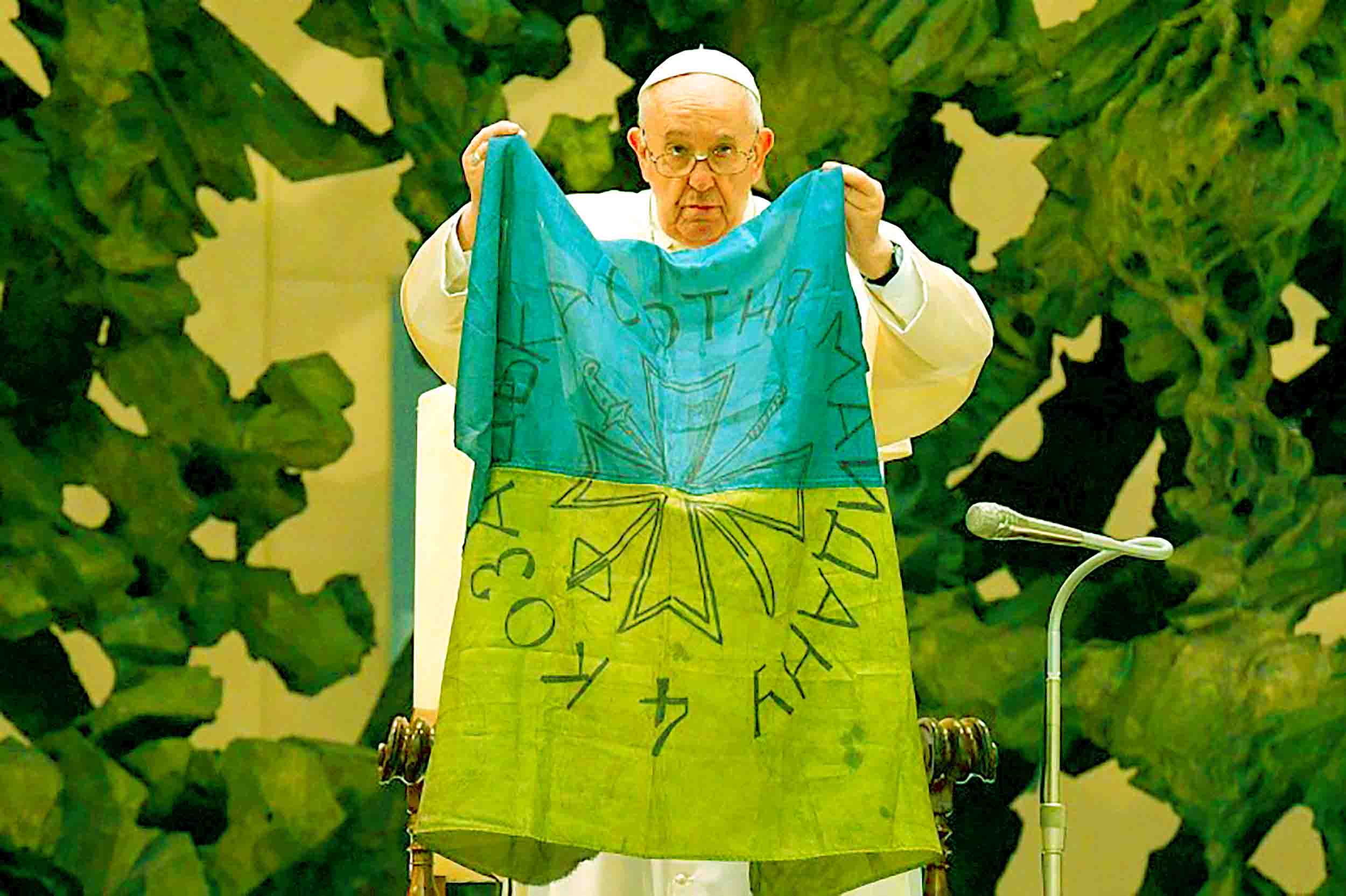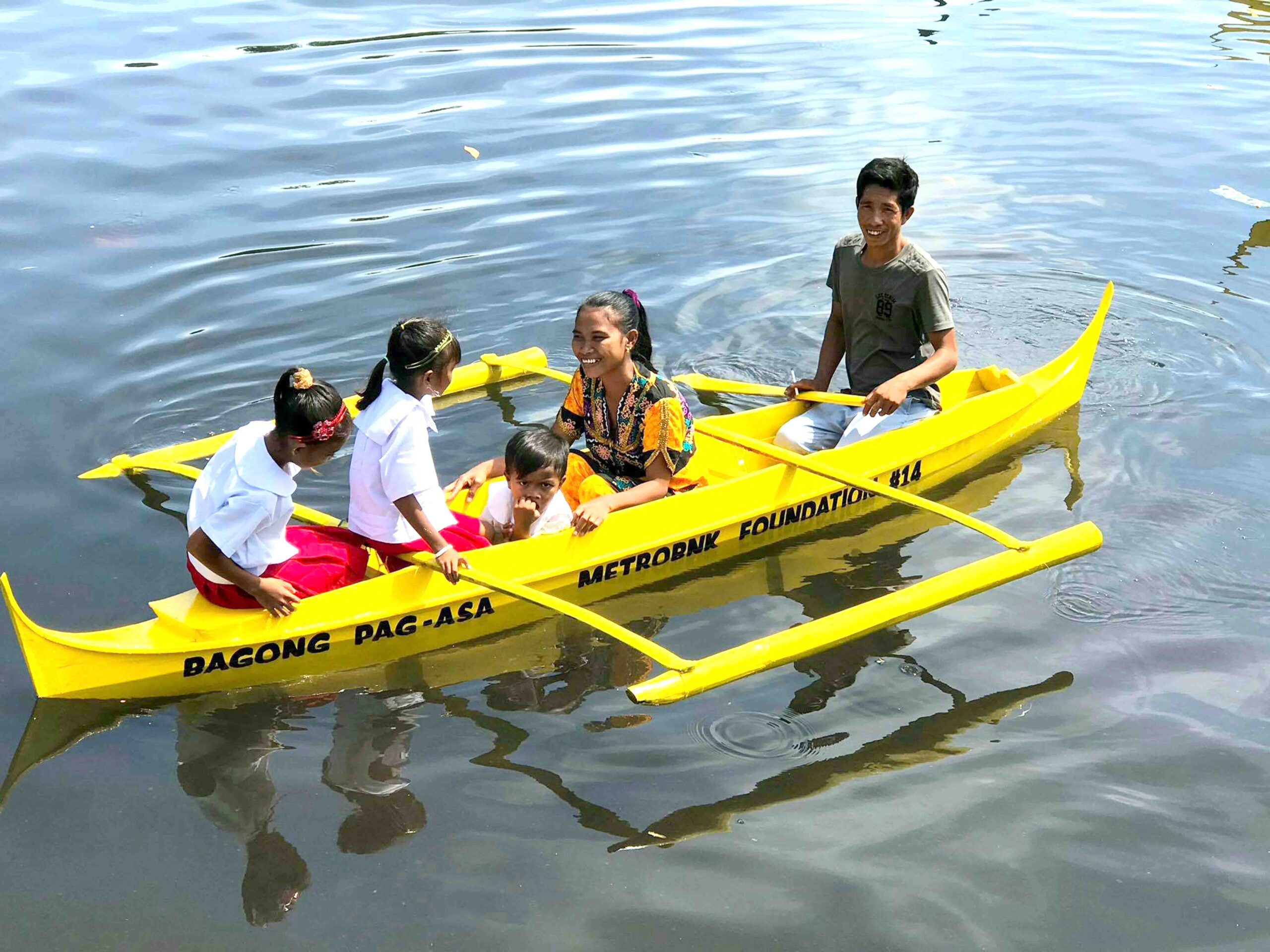Born at Villafranca, a village in the province of Verona (Italy), on January 1, 1923, Giovanni Vantini was ordained a priest in 1947 and, immediately, assigned to Northern Sudan. He went to Lebanon for two years in order to learn Arabic and, in 1949, he reached Khartoum. At the outset, he taught in the schools that were founded by the Comboni Missionaries and were still under their management. Moreover, he worked as assistant to the parish priest of the cathedral. The Catholics were not many and almost all non-African: Syrian, Maltese, Palestinian, Lebanese, Italian, French, English… There was only a tiny group of Sudanese Catholics, descendants of the black Africans who were baptized by Msgr. Daniel Comboni.
In 1953, the Anglo-Egyptian condominium government came to an end and Khartoum achieved a form of self-rule. People started talking of independence. Bishop Agostino Baroni, eager to positively influence the new course with Christian social principles, decided to start a paper. “And he thought of me as its editor,” writes Fr. Vantini in certain biographical notes which he gave me many years afterwards. “Thus, in 1954, I found myself in London for a course in Journalism. I went back towards the end of the following year. On January 1, 1956, Independence Day for the Sudan, I published the first issue of Assalam (Peace), a fortnightly paper with an immediate circulation of 2,500 copies.”
In the meantime, in the South, a civil war that would go on for 16 years had broken out. Tens of thousands of Southern Sudanese sought refuge in the North. Fr. Vantini describes the situation: “They are masses of displaced, destitute people, in need of everything. We try to welcome them and help them. With me is Bro. Michele Sergi; he also thinks there is work for us. We set up meeting places that started being called “Sergi Clubs.” In the evening, after work, men, women, young men and children come in throngs to attend English, Arabic and Math classes… We have started also the catechumenate since most of them are non-Christian. Every year, we give 80/100 baptisms. After the breakout of the second civil war, in 1983, the catechumens from the South became thousands. In the new parish of Omdurman, we manage to baptize 700/800 people a year. Thus, since the Catholic community of the white people had disappeared, in the course of few years, we found ourselves with a new, thriving black Church… in an Islamic environment! So much so that, when, in February 1993, Pope John Paul II visited Khartoum and celebrated the Eucharist, in honor of Blessed Josephine Bakhita, in the capital’s Green Square, he found himself in front of one million Southern Sudanese Catholics.”
An uprooted Church? “Apparently, it was so. In truth, these Christians are not completely foreign to Northern Sudan. Although it may appear strange, Christianity was established in this country much earlier than the arrival of Islam. From the year 500 AD to 1400, the Christian faith blossomed along the Nile Valley, North of Khartoum, giving origin to three great Christian kingdoms.”
Proofs? “They are there, no doubt! They appeared in thousands from the moment, in 1958, UNESCO launched an appeal to the whole world so that it would promptly intervene to save the monuments of Ancient Nubia, destined to disappear for good below the waters of the big artificial lake that was to be created in front of the new super dam planned by Egypt.
Under the dunes
At Easter of 1959, Fr. Vantini was at Wadi Halfa, one of the zones destined to be flooded. He had been asked to visit the tiny Catholic community that had remained without a priest. “By chance, while I am wandering through the market, I came across some European ladies who had come to the city for shopping. They greeted me and asked me what I was doing there… Eventually, they invited me to visit the spots where their husbands were digging. I accepted immediately. I paid attention, took photos, asked the experts questions and took notes. Back at Khartoum, I published everything in Assalam. It was the first time that the Sudanese public read about the existence of these archaeological findings. I wrote articles for Nigrizia (an Italian Comboni magazine) as well, so that the rest of the world may also come to know about it.”
The Polish archaeological mission, directed by Professor Kazimerz Michalowsky, was assigned the “site of Faras,” from the name of the ancient capital of the kingdom of Nobadia. Among other things, under the dunes, it discovered a Christian cathedral, the walls of which were covered by 150 murals, some in perfect condition and fascinatingly made. After the cathedral, other churches emerged, these also embellished by less numerous but not less interesting frescoes.
In 1966, after a yet new appeal by UNESCO, Rome University decided to start an archaeological expedition in the Nubia. The Vatican offered a financial contribution but asked for the presence of a priest. “By chance, at the Vatican, there was a monsignor who was a subscriber of Nigrizia and used to read my articles. He asked information about the writer and, out of the blue, I received a letter in which I was asked to join the expedition of Rome University. From 1966 to 1970, I took part directly in the excavations.” The Italian mission brought to light a small church of 10 by 9 meters, with 31 murals, some of which were very well kept.
A seed is buried
Between one excavation and another, Fr. Vantini decided to gather all that was written on the subject by the ancient authors. He started visiting the most well-known libraries of Europe and the Middle East. One day, in the basement of Khartoum University, he came across a cupboard full of ancient volumes. “I opened it and I found myself in front of enormous tomes, crammed with most ancient documents, equipped with maps: they covered the period from the hieroglyphics to 1550. I read them one by one, deciphering page after page and copying everything regarding the Ancient Nubia.” He filled more than 300 foolscap sheets with passages from Arabic, Syrian, Ethiopian, Coptic, Hebrew and other authors.
At the end of 1969, at Essen in Germany, the first conference on Nubian studies was convened. Fr. Vantini was invited to give a lecture. “The topic they assigned to me was the journey of a Nubian king to Bagdad. That fact is mentioned in some historical studies. I, however, was in possession of detailed reports about that diplomatic enterprise, written in Syrian and Arabic languages.” Among the final resolutions of the conference, there appeared a necessity to prepare a collection of all the ancient texts regarding the Ancient Nubia. “If you mean texts written by historians, I have them already,” quipped the priest.
Then, the frantic work of publication started. “I entered the restricted circle of the work experts. But my purpose is not “archaeological”: I have my feet well-planted at the present. I want to show that the Sudanese people, whom I baptize, are not “out of place.” The Khartoum Government would like to impose the Islamic law (shari’a) in the whole country and to show the appearance and ascent of the Mahdi (“the envoy”) and his immediate successors, in the years 1880, as the historical foundation of such a decision. This is absolutely incorrect! The Christian faith here has much more ancient roots than Islam itself.” Fr. Vantini also published three popular texts giving the conclusions of his lengthy studies, in Arabic, English and Italian.
After 1964, when it was no longer possible to dig at Wadi Halfa, the archaeologists moved to the place where once stood the capital of the Christian kingdom of Makuria, known as Dongola. “Here, other churches were found and there are thousands of other important findingsas well. In the 1990s, a private home with its walls covered by Christian murals was discovered. Then, in 1993, it was a monastery, a cemetery and a pilgrims’ hostel, the latter wholly decorated. Discoveries like that confirm my conviction: yes, the arrival of Islam in the Sudan has buried, under so much sand, the glorious remains of ancient Christian churches. The present-day Christian community in Khartoum can, however, say the seed that was buried didn’t die in vain.”
Half of the findings and murals discovered by the Polish Mission are kept in the Warsaw Museum; the other half are exposed in the Khartoum National Museum, in a special section dedicated to the Christian kingdoms of the Ancient Nubia. “With love, I looked after the creation of this section of the Museum. And there, through the years, I have accompanied thousands of people: Christians, catechumens, pupils, university students. They must see the truth with their own eyes: for ten centuries, the God, Jesus Christ, was announced and believed in the Sudan. It is necessary that they perceive this continuity of Christ’s presence, so that they may not succumb to the temptation to accept that, with the arrival of Islam, everything was lost. And I tell them they are the heirs of such a presence, even if buried and hidden, and that we must make memory of it.”
Even if already old, Fr. Vantini was always very busy teaching at Comboni College and at the various departments of the university of the capital. “I feel it is my duty to prepare the future Christian teachers. Many come from the South and will go back there, once peace prevails in those regions. But it is also heartwarming to receive the visits of Muslim university students who ask my advice on their dissertations about the past history of the Sudan. I hope the suggestions and guidelines I give them will open their eyes to the true history of their country. This is also doing mission, isn’t it?”
God’s finger
In 2005, Fr. Vantini published: La Missione del Cuore – I Comboniani nel Sudan del ventesimo secolo (Emi, Bologna). In 992 pages, he goes through the whole Comboni history in the country, mostly fruit of his direct knowledge. Thanks to his commitment to the world of education, particularly at the Khartoum Comboni College, he had access to a very vast network of contacts and information. The result is the most complete history of the evangelization of the Sudan. To read it is to feel not only the vibrant essence of mission that is God’s work but also the fruits of the hard work exerted by many Comboni men and women missionaries.
In the conclusion of the book, he wrote: “I have tried, as far as possible, to report the very words of the main actors, putting them in their geographical and historical background… I did not mean to lend them my own commentaries. I will only express mine now, i.e.: “Digitus Dei est hic! (God’s finger is here!).
In 2006, because of health reasons, he left the Sudan and moved to Verona, to the center for sick missionaries. “But I have so much work to do,” he tells me while greeting me. I answer back: “Is it not yet time to rest?” And he says: “If I stop, I die.” Between operations, therapies and medical check-ups, he decided to prepare a new edition of Christianity in the Sudan. He explains: “It is true that there exist special studies concerning the recent discoveries, but they are published in specialized papers. I wish to work in such a way that even the common people may know about what was discovered and what is still being discovered under the sands of the Sudanese desert.”
He learned how to use the computer. When he was “detained” in bed, I acted as his “secretary.” So, the messages directed to him got to me. And I discovered how much he is appreciated in the whole world. From Khartoum, his old friend Mahamoud Abdou – member of a sufi brotherhood and former manager of a well-known library in the capital that had been closed by the fundamentalist regime – urges him to keep producing. In a message directed to me, he writes: “Fr. Giovanni, whom I have always admired for his spirituality, is certainly the person who knows better than anybody else in the world about the history of the Ancient Nubia. While some Sudanese historians have deep knowledge of this or that period, his, instead, covers the entire Nubian history. Among the Western historians, I consider Polish S. K. Jakobielsky as the only one of his caliber.”
Fr. Vantini, already with weak eyes, entrusted to me the publication of the book. He checked every single word. He corrected up to five galley proofs. He would send the galley proofs also to archaeologist and scholar friends so that they may comment on what he wrote. Observations and notes came from the universities of Khartoum, Spain, Sweden, Canada, Poland and the United Kingdom.
In 2007, he joined me in a visit to Khartoum: “I must consult some documents that can only be found there.” He stayed there for a month, always bent to decipher ancient books and manuscripts. In 2008, he had the joy of being invited to Warsaw to attend a conference on Nubian studies. In February 2009, the new book: Rediscovering Christian Nubia (Nigrizia Publications, Verona) came out.
“And now, let us prepare the Arabic edition!” he tells me. Another nine months of work. Texts and photos were sent to Khartoum where there is a publisher ready to put out the work. First galley proofs, second galley proofs… He was restless. He wanted things fast. Then, an e-mail arrived from Khartoum: the publisher wanted “a photo of Fr. Vantini to be put on the cover.” I took some snapshots of him. He chose the one he liked. We sent it back. It was April 30. He says: “Now, I think, everything is over.” He died on May 3.



